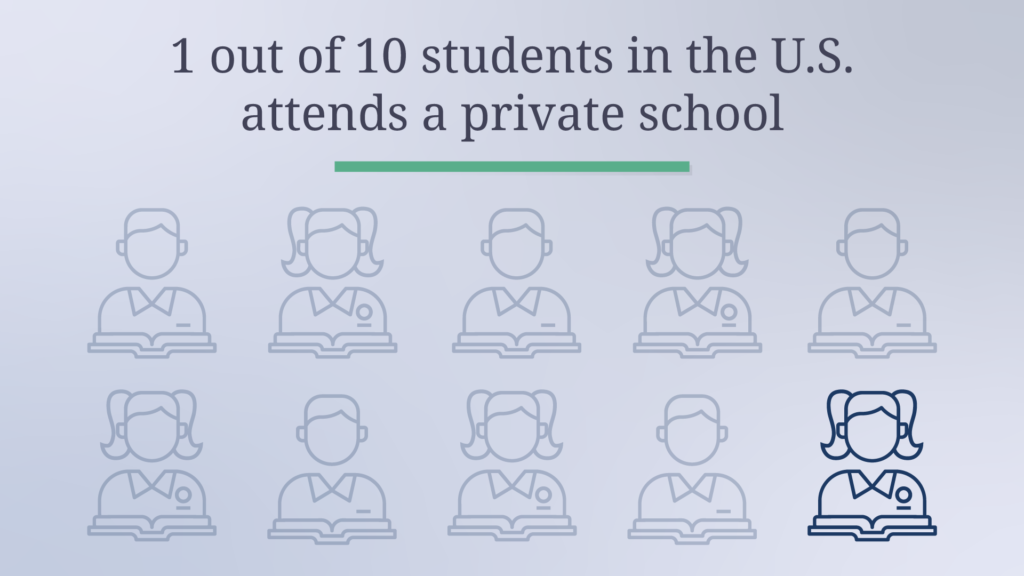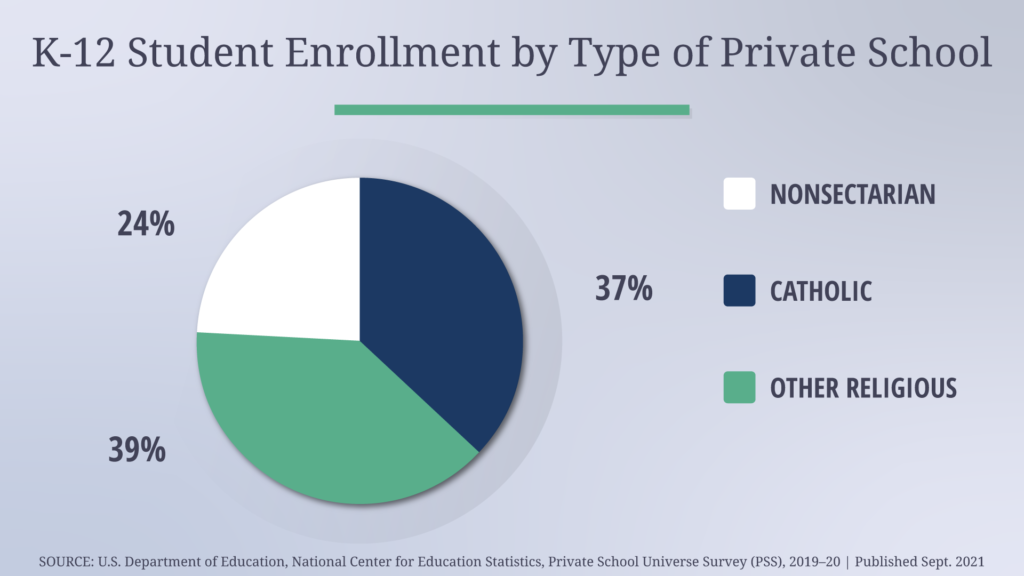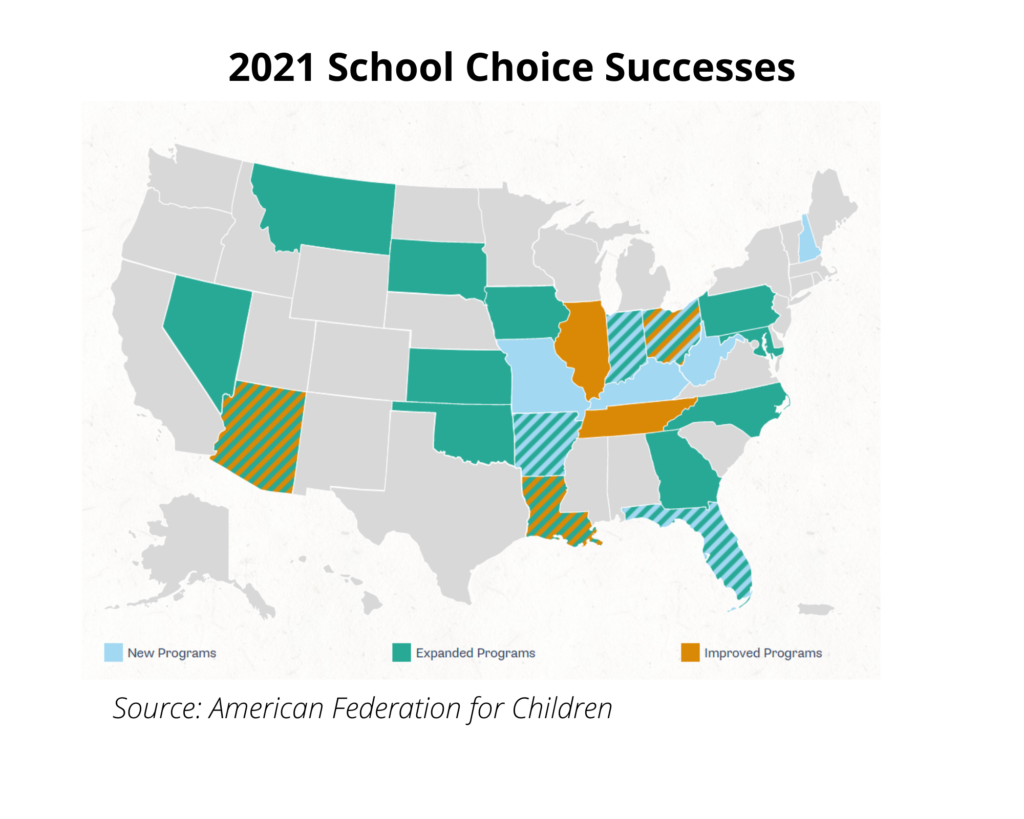History of Private Schools
Resources

Private Schools: From Their Origins through Today
The first school in the modern-day United States predated the Pilgrims and was a private, independent school in a land not even a nation yet.
In 1606, the Franciscan order established a Catholic school in what is now St. Augustine, Fla., later starting mission schools throughout the southwest and California.
Soon after, the Pilgrims set up schools almost as soon as they landed at Plymouth in 1620, and during the ensuing colonial period of the 17th century there was hardly a distinction between private and public schools. Towns and parents established early schools in Massachusetts to teach religious and Enlightenment values, and tuition partly funded schools.
In 1628, a parents’ group of the Dutch Reformed Church founded Collegiate School, the oldest continually operated school in the U.S., in modern-day New York City. The parents group founded the all-boys school in the classical-education model, based on classic books, the liberal arts and the natural sciences.

The early 19th century brought about the establishment of universal free public schools, heavy on Protestant biblical moral instruction. Catholic bishops, wanting an alternative to the Protestant-based public school system, encouraged the founding of Catholic schools in parishes around the country throughout the latter half of the 19th century.
By the early part of the 20th century, anti-Catholic sentiment led some state legislatures to pass laws mandating public school attendance. In 1925, a U.S. Supreme Court decision in Pierce v. Society of Sisters struck down these laws as unconstitutional, affirming the rights of parents to choose where they want to educate their children.
Private schools expanded until about 1960, but enrollment has been steadily declining ever since. In recent years, private school enrollment as a share of public enrollment is down 3% since 2009-2010 and 17% since 2001-2002.
Experts have cited myriad reasons for the drop, including societal factors, such as de-urbanization and secularization (urban Catholic schools have been hardest hit), as well as a changing value proposition, with issues of affordability, the increased popularity of low-cost alternatives, including public charters and home-schooling, and a failure of some mainstream private schools to sufficiently differentiate themselves from their public-school counterparts.
Today, about one out of ten K-12 students in the United States attends private school. During the 2019-2020 school year–the most recent period for which nationwide statistics are available–4.7 million K-12 students and approximately one million pre-kindergarten students attended private schools in the United States, according to data published by the U.S. Department of Education’s Institute of Education Sciences group in September 2021. This compares to public school enrollment of 49.2 million K-12 students during the same period.
Private schools–many with fewer than 50 students–make up almost one of three schools in the United States. As of 2020, there were about 30,000 private schools, employing 500,000 teachers in the United States, according to government data. Meanwhile, there are about 100,000 K-12 public schools.
The U.S. Department of Education categorizes private schools in three buckets: Catholic schools, other religious schools and nonsectarian (non-faith based) schools. In 2020, 37% of private school students were enrolled in Catholic schools; 39% were enrolled in “other religious” schools; and 24% were in non-sectarian schools.

Among Catholic school students, about half attend a school under the authority of a diocese, and the half of students are evenly split between parochial parish schools and private order schools, such as the Jesuits and independent Catholic schools.
“Other religious” schools are classified as “conservative Christian,” “other affiliated” or “unaffiliated,” each with about a one-third share of enrollment. Non-sectarian secular schools include schools, such as elite New York City prep schools such as the Dalton School and the Brearley School, as well as other secular private schools (70%), “special emphasis” schools–Montessori, for example–(20%) and special education (10%).
Most of the decline in private school enrollment has come from Catholic primary (K-5 and to a lesser degree 6-8) enrollment losses. In absolute terms, Catholic K-8 enrollment has declined by over 700,000 students in the last 20 years.
Private high schools partially offset the trend, gaining over 100,000 students over the same period, holding their share essentially flat as compared to public schools. Among private high schools, non-sectarian “independent” schools have grown the most. Their share compared to public schools is up by one-third over the last 20 years (from 1.8% to 2.4% of public enrollment).
While national private school enrollment data since the onset of the pandemic isn’t yet available, many private schools report increased interest and enrollment. Parents are looking for schools that offer stable and balanced learning, and state lawmakers have started to step in with more school choice programs that meet family needs.
The American Federation for Children, a school choice group based in Washington, D.C., called 2021 an “historic year for school choice in America.”

Four states–Missouri, Kentucky, New Hampshire and West Virginia–created entirely new school choice programs. In 2021, nearly half of all state legislatures expanded school choice. On Jan. 24, 2022, Sen. Tim Scott of South Carolina kicked off National School Choice Week saying, “The facts are simple: If we want to give children a greater chance in life, we must give parents a greater choice in education.”
Stay Informed
